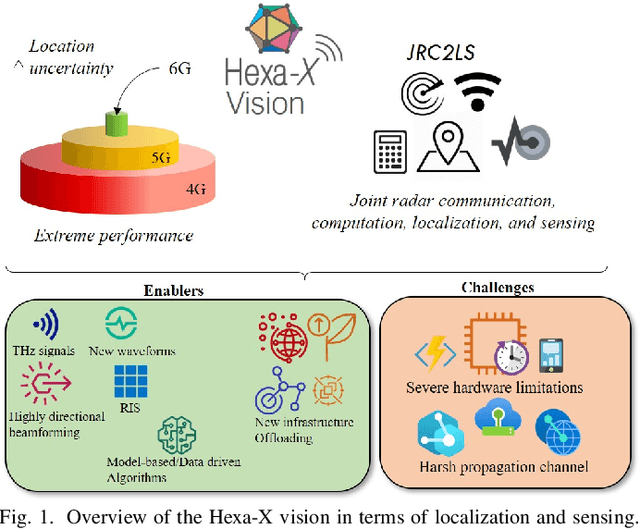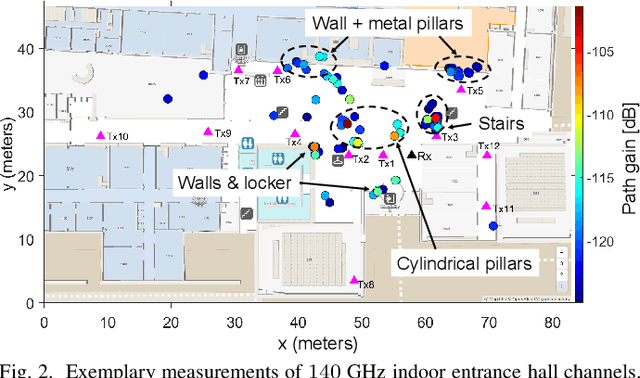Kim Schindhelm
6G Positioning and Sensing Through the Lens of Sustainability, Inclusiveness, and Trustworthiness
Sep 24, 2023Abstract:6G promises a paradigm shift in which positioning and sensing are inherently integrated, enhancing not only the communication performance but also enabling location- and context-aware services. Historically, positioning and sensing have been viewed through the lens of cost and performance trade-offs, implying an escalated demand for resources, such as radio, physical, and computational resources, for improved performance. However, 6G goes beyond this traditional perspective to encompass a set of broader values, namely sustainability, inclusiveness, and trustworthiness. This paper aims to: (i) shed light on these important value indicators and their relationship with the conventional key performance indicators, and (ii) unveil the dual nature of 6G in relation to these key value indicators (i.e., ensuring operation according to the values and enabling services that affect the values).
Positioning and Sensing in 6G: Gaps, Challenges, and Opportunities
Nov 02, 2022



Abstract:Among the key differentiators of 6G compared to 5G will be the increased emphasis on radio based positioning and sensing. These will be utilized not only for conventional location-aware services and for enhancing communication performance, but also to support new use case families with extreme performance requirements. This paper presents a unified vision from stakeholders across the value chain in terms of both opportunities and challenges for 6G positioning and sensing, as well as use cases, performance requirements, and gap analysis. Combined, this motivates the technical advances in 6G and guides system design.
Integration of Communication and Sensing in 6G: a Joint Industrial and Academic Perspective
Jun 24, 2021


Abstract:6G will likely be the first generation of mobile communication that will feature tight integration of localization and sensing with communication functionalities. Among several worldwide initiatives, the Hexa-X flagship project stands out as it brings together 25 key players from adjacent industries and academia, and has among its explicit goals to research fundamentally new radio access technologies and high-resolution localization and sensing. Such features will not only enable novel use cases requiring extreme localization performance, but also provide a means to support and improve communication functionalities. This paper provides an overview of the Hexa-X vision alongside the envisioned use cases. To close the required performance gap of these use cases with respect to 5G, several technical enablers will be discussed, together with the associated research challenges for the coming years.
 Add to Chrome
Add to Chrome Add to Firefox
Add to Firefox Add to Edge
Add to Edge